Repeat Order from a Spanish Customer: Shikishi-gake and Tanzaku-gake
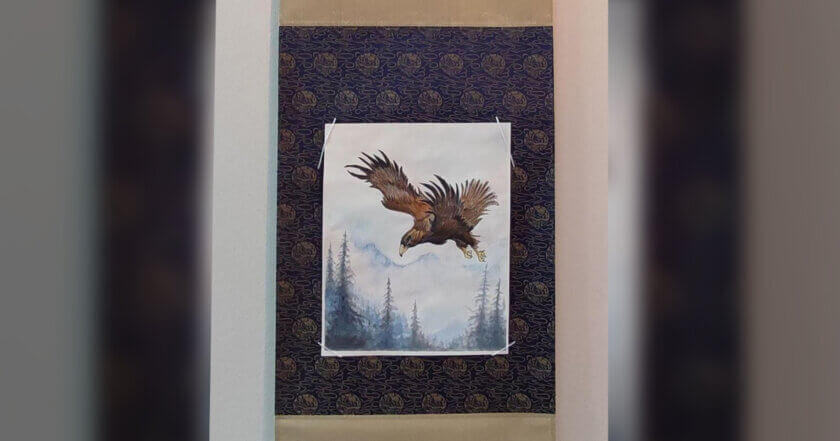
Our company also accepts custom orders for Shikishi-gake and Tanzaku-gake.
We have received orders not only from Japan but from various countries around the world.
Today, we would like to introduce a repeat order from a Spanish customer who previously requested a Tanzaku-gake.
For previous articles, please refer here:
The Previous Order
Previously, we received an order from the customer in Valencia, Spain, for a Tanzaku-gake to be used in a bonsai exhibition.
At that time, we made six Tanzaku-gake and were able to meet the delivery deadline.
He was very satisfied with the result, leading to this repeat order.
The New Order
In this new order, He requested not only original Tanzaku-gake but also Shikishi-gake.
We exchanged various messages via social media regarding the fabrics to be used. Below are the details of our communication.
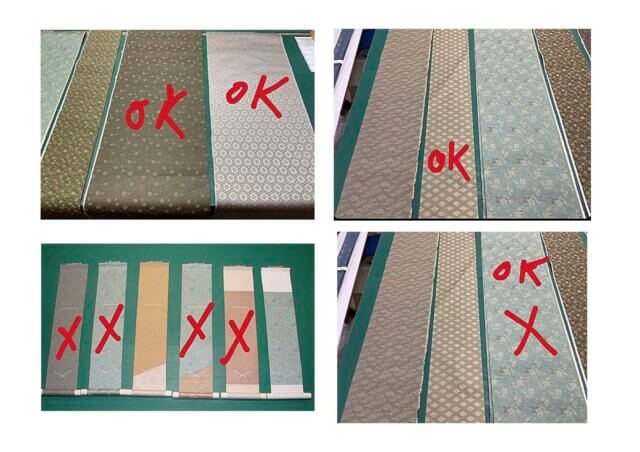
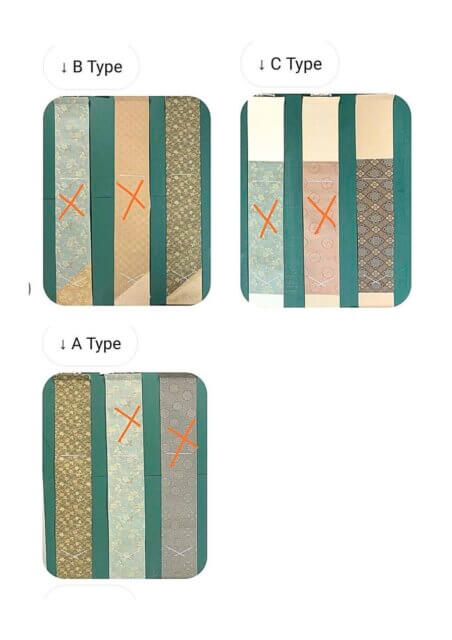
After various discussions, we finalized an order for four Shikishi-gake and four Tanzaku-gake.
Here are the completed Shikishi-gake and Tanzaku-gake.
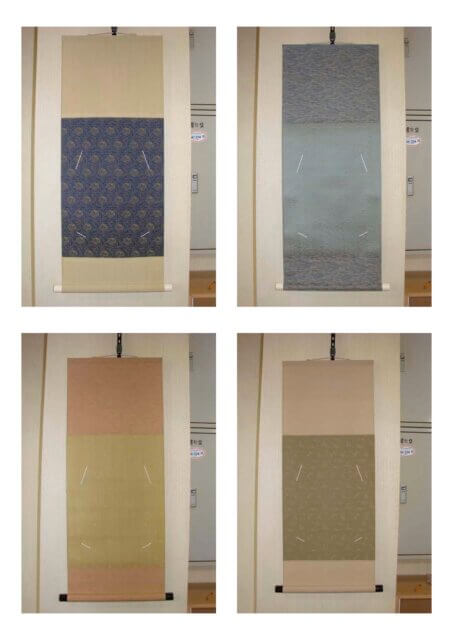
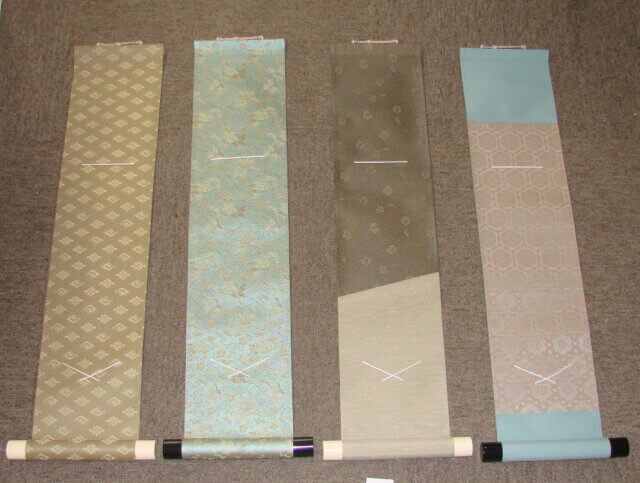
Customer Feedback
He reported that “the paintings displayed on the Shikishi-gake look very nice,” which delighted our staff.
His high evaluation and repeat order as a returning customer make us very proud.
He also sent us photos of the actual Shikishi he displayed.
Building Trust and Future Prospects
Through this interaction, our relationship with him has deepened, and we are confident that he will continue to favor us in the future.
At our company, we will continue to provide high-quality kakejiku tailored to the needs of our customers.
Please feel free to contact us with your requests.
Seeing the Shikishi-gake and Tanzaku-gake we made being used around the world truly warms our hearts.
We will continue to strive to meet the needs of kakejiku enthusiasts worldwide.


